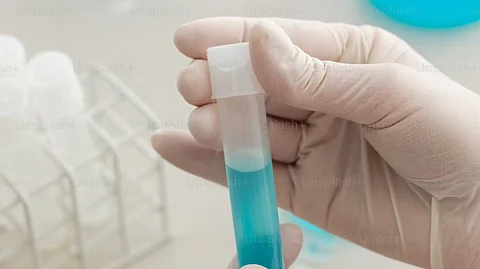Per- and polyfluoro alkyl substances (PFAS), also known as "forever chemicals," are man-made compounds that are known for their thermal, water, and grease resistance. They were first synthesized in the 1940s and have since become a part of many household and industrial products such as nonstick cookware, stain-resistant clothes, food containers, and firefighting foams. Their persistence in the environment has resulted in widespread contamination with serious health implications.[1]
Environmental Ubiquity
PFAS are defined by their inability to break down naturally, leading to their persistence in the environment and human bodies. They have been found in varied places, ranging from remote locations to cities, and are found in water sources, soil, and even human and animal blood. This widespread occurrence highlights the difficulty in controlling and reducing PFAS contamination.[1]
Health Implications
Exposure to PFAS has been associated with numerous negative health outcomes. PFAS exposure has been linked by studies to higher risks of some cancers, such as kidney and testicular cancers. Other possible health effects are liver damage, thyroid disease, reduced fertility, pregnancy-induced high blood pressure, and developmental impacts in infants and children. [1]


